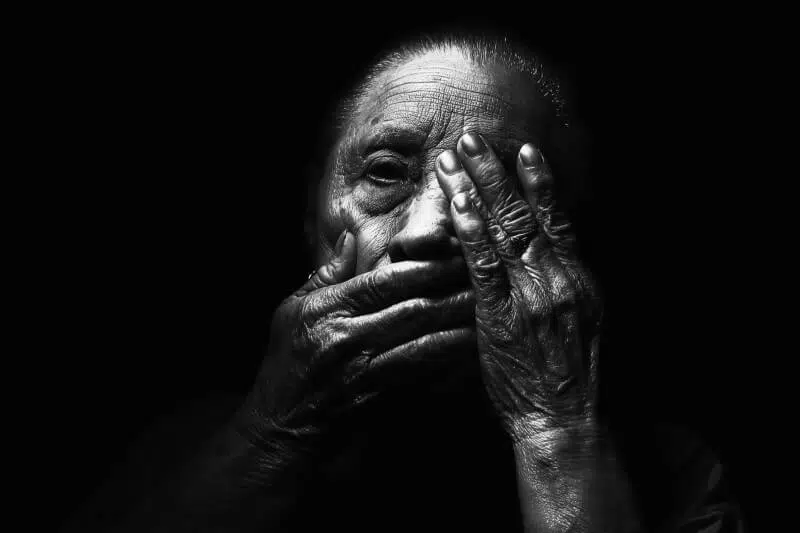Bullying at school is a significant problem worldwide. Research estimates that around ⅓ of teenagers experience bullying. While boys are at a slightly higher risk, girls suffer more in spaces with the most bullying reports. Bullying has long-term consequences for both bullies and their victims. As they get older, bullies often develop problems with alcohol and criminal activity. On the other end of the equation, bullied students are at a high risk of anxiety, depression, and other health problems. School should be a safe place for everyone. How can schools develop strong policies against bullying?
Step 1: Define bullying
What is bullying? Schools need to recognize that it doesn’t only involve physical actions like beating someone up. Verbal bullying (using slurs, teasing, mocking), social bullying (exclusion, spreading rumors, humiliation), and cyberbullying (using the internet to humiliate and/or harass someone) all fall under the bullying umbrella. Not all conflict constitutes bullying. There is usually a power imbalance – one student is more vulnerable than the other – and the behavior is usually repetitious. Bullying at school can also involve teachers.
Step 2: Understand what causes bullying
Along with defining bullying, schools should educate their staff on the root causes. Kids don’t wake up one day and decide to be a bully. Problems at home (like abuse, a stressful financial situation, big life changes) can cause kids to become aggressive at school. If a student has been bullied at some time, they might bully others to feel empowered again. Bullying is also linked to the ideologies kids absorb at home. If kids learn repressive gender norms or racial discrimination, they often act out these beliefs at school.
Step 3: Build on existing policies
An established school will already have policies on bullying because of state or national laws. However, these laws don’t typically provide specifics on how schools should address bullying; they just say schools have a duty to address it. There might be more specific requirements depending on your area, but every school should customize its policies. During this process, allow school staff, parents, and students to participate. This way, everyone can learn what bullying is and why it isn’t acceptable in a learning environment. If anyone has questions or a unique perspective to offer, this is a great time for them to get involved. When the whole school is involved in policy development, it encourages a culture that values respect, safety, and inclusiveness. It also establishes what’s expected of staff and students so there are no misunderstandings down the road.
Step 4: Decide how people should report bullying
A reporting system is the only way to track bullying and ensure quick action against it. There are many things to consider. Will reporting be anonymous? Are records kept in a digital format or the old-fashioned way? Who investigates the reports? There are pros and cons to different methods, so a discussion is warranted. As an example, many students may worry about their identity becoming known. The option for anonymous reporting resolves that issue.
Whatever you decide, it should be easy for staff, students, and parents to report a bullying incident. If it’s anonymous, it should be clear what information is required, such as the details of the incident, who was involved, and the relationship of the reporter to the incident (i.e. they’re a witness, they heard about the incident afterward, etc). Reports should always be confidential.
Step 5: Decide how investigations will look
Once a report has been submitted, it needs to be verified (not all reports will be true) and investigated. Interviews will be an important part of the investigation. That includes interviews with teachers, students, and parents. If it’s clear that bullying has occurred, parents should be notified. If the bullying incident could constitute a crime (sexual harassment, hate crime, physical assault, etc), law enforcement needs to be notified, too.
Step 6: Specify disciplinary actions
How should a school respond to bullying? It depends on the nature of the incident. Suspension or expulsion is not always appropriate but should be included among the potential consequences for bullying. Other actions include counseling, detention, collaboration with parents on social-skill building, and behavioral support. The safety of the victim is also a top priority. There may need to be adjustments to the environment, like moving the bully to another class.
Step 7: Provide support for bullying victims
Bullied students should not be left to fend for themselves in the aftermath. They should be connected to counseling and other mental health services. It’s also important for the school to check in with the victim to make sure the bullying has not continued. This is not only essential for the individual victims, but for the entire school. If bullying is not properly addressed and victims don’t get help, it creates an unsafe culture. Students are less likely to report bullying because they don’t trust the administration to do anything. Inversely, if the school has established strong anti-bullying policies and support systems, it creates a much healthier, safer environment.











